9 fantastic fall wildlife viewing opportunities in the US
Check out these autumnal adventures in wildlife viewing across the US

If you’re a wildlife lover, there’s never a bad season for getting a glimpse of fantastic fauna viewing, whether it's grizzlies fishing for salmon or butterflies fluttering south. Though the natural world can seem most vivid amid summer’s long days and warm temperatures, fall, or autumn, is an excellent time of year to watch wildlife engaging in different behaviors.
As birds, mammals and insects prepare for the long winter ahead, they might be busy building nests, migrating south to warmer climes or breeding. All of this can mean some dazzling spectacles, like the clashing horns of elk, or even just an increased chance of catching a usually elusive animal in the wild. Grab your best binoculars, pull on your sturdiest hiking boots, and don’t forget to follow the principles of wildlife safety when it comes to viewing these animals in the wild.
1. Migrating elk
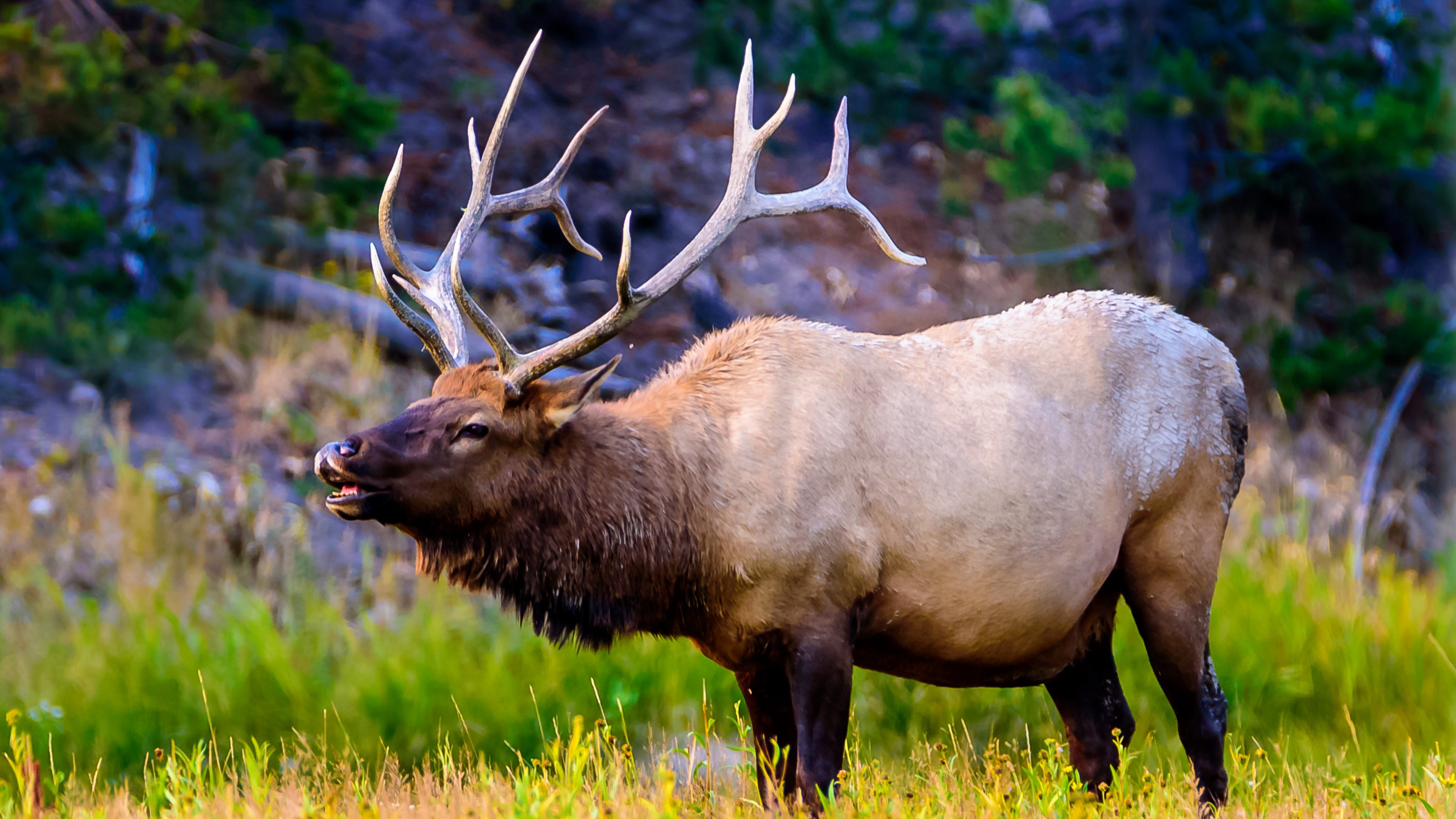
Elk rutting season draws people by the thousands to places like Rocky Mountain National Park earlier in the fall, but once it draws to a close usually around mid-October, your chances of glimpsing a herd of elk in the Rockies remains high. As the falling temperatures bring snow to the high elevation areas where elk like to graze in the summer months, they migrate lower in search of food. Head west to Colorado, Montana and Wyoming to catch these magnificent animals en masse, but keep your dog on the leash.
2. Duelling bighorn sheep
The breeding season of bighorn sheep lasts for months, with desert sheep clashing horns and butting heads through November and Rocky Mountain bighorns continuing their courtship of ewes through January. Some of the best places to spot bighorn sheep during rutting are Jasper National Park in Canada as well as Yellowstone National Park.
3. Fat bears
Both black and grizzly bears are preparing for a long season in torpor, similar to hibernation, and in order to survive the winter months, when they’ll lose a third of their body fat, it’s time for them to fatten up. Bears are especially active in the fall as they forage for food, and your likelihood of seeing them anywhere in bear country grows high at this time of year.
The best place in the world for grizzly bear viewing is of course up in Katmai, an Alaskan National Park with the densest population anywhere in the world. You can only reach the park by boat or plane, so you need to be keen, but you can always use the Fat Bear Week camera to watch them online from anywhere in the world. Don’t forget your bear spray if you're heading out on foot and make sure you know what to do if you meet a bear out there.
4. Fluttering Monarchs

If you live out west and it seems like you’re seeing a lot more orange butterflies on your hikes lately, that’s due to the magnificent migration of monarch butterflies down to Florida, Arizona and Mexico for the winter. Most adult Monarch butterflies live for about five weeks, but those born at the end of the summer live for an astonishing eight months to give them time to journey south to ensure survival. During migration, they can travel immense distances of up to 100 miles in a single day.
All the latest inspiration, tips and guides to help you plan your next Advnture!
5. Busy beavers
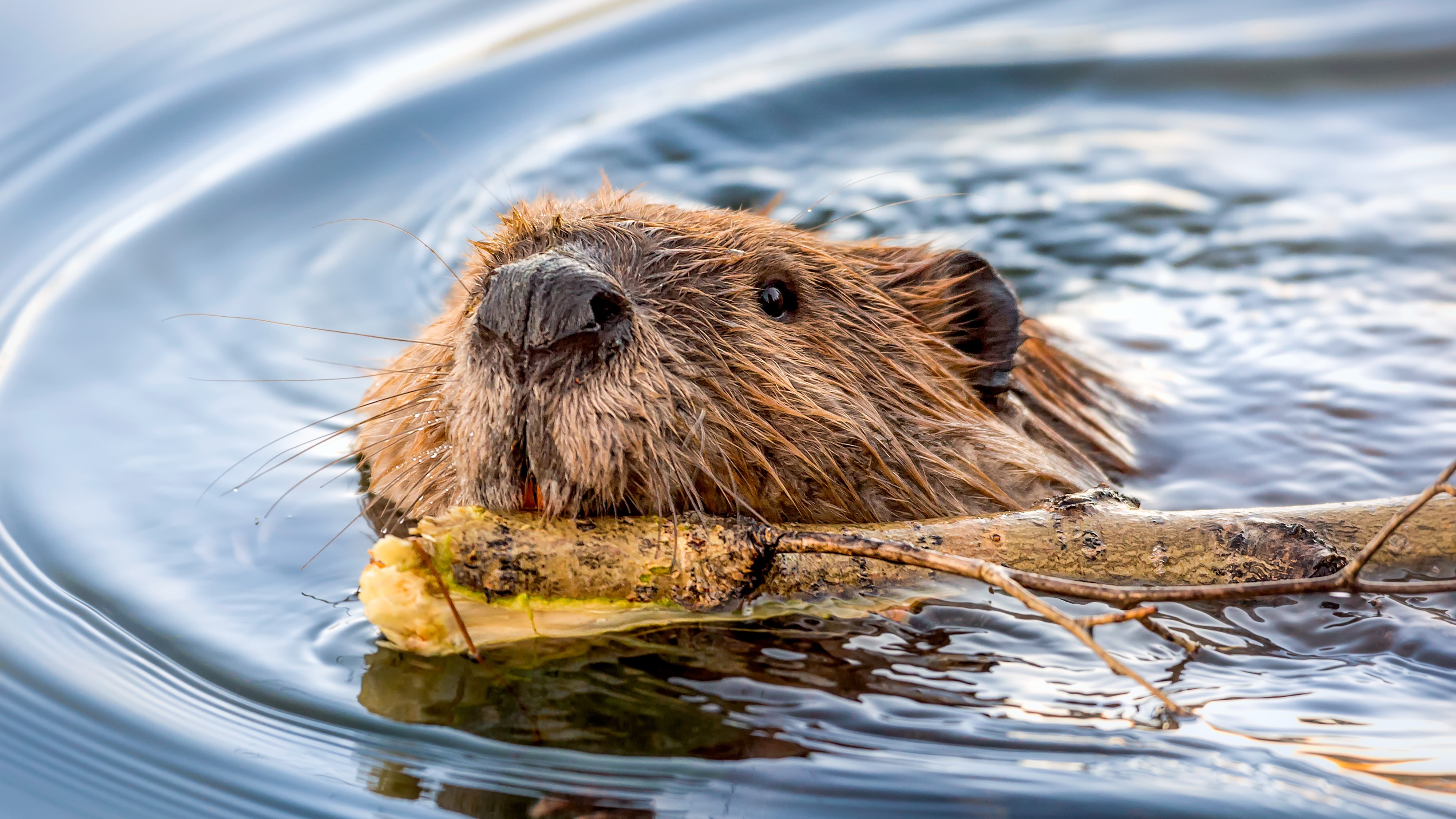
Whether they’re inspecting their dams or building up a cache of wood to eat under the water when it freezes over, beavers get busy when they sense that winter is on the way. With its watery terrain, Voyageurs National Park up in northern Minnesota is one of the best places in the country to enjoy these adorable critters along the lakeshores.
6. Southbound birds
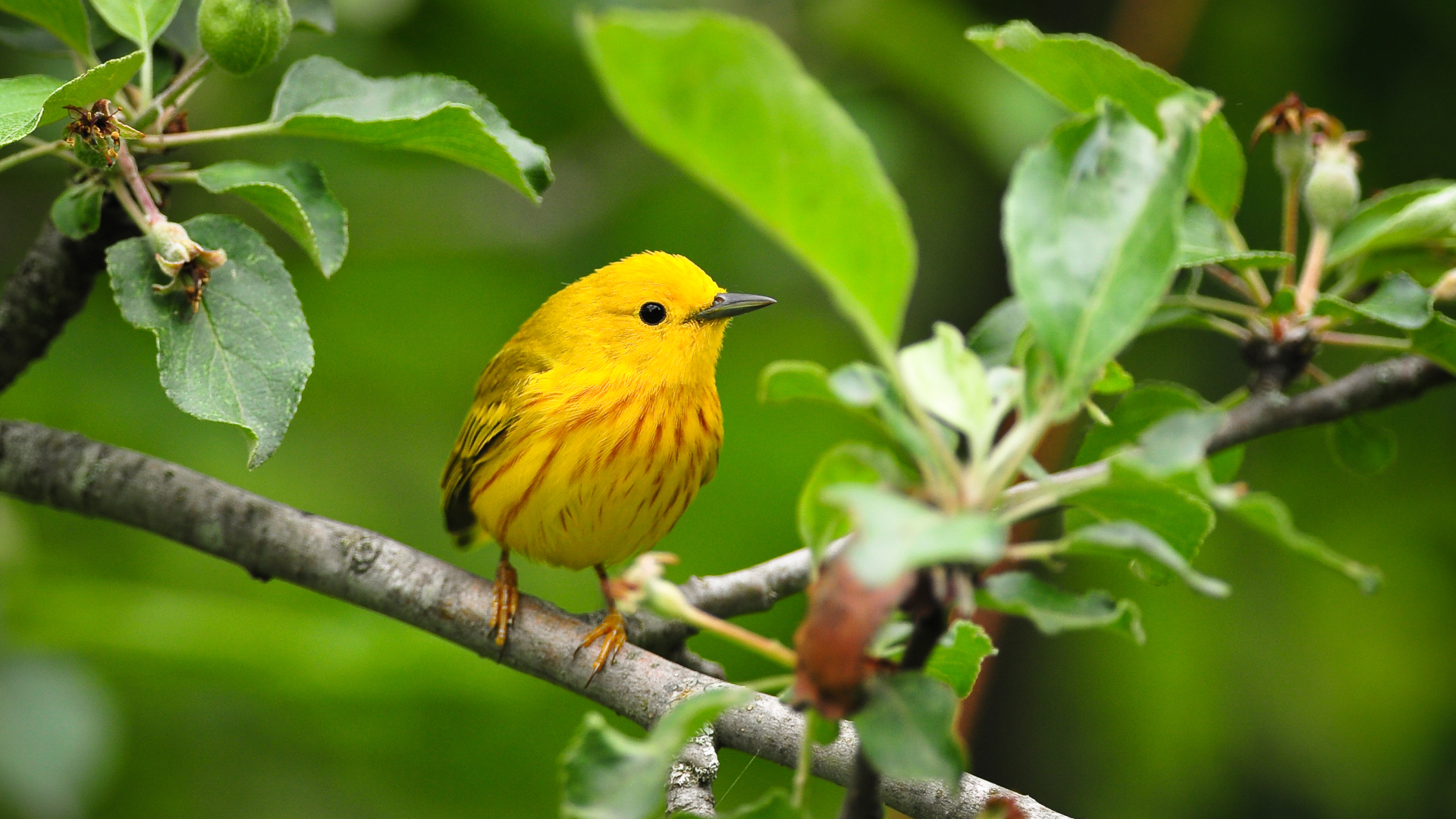
Practically anywhere in the US, fall brings abundant opportunities for bird watching as millions of birds head south for winter. Though many birds keep going all the way to the Caribbean, many stop off in the southeastern US for the winter, while smaller numbers even make more northern areas their vacation home, such as the yellow warbler which heads to Colorado, Wyoming and Utah for the breeding season.
7. Marching tarantulas
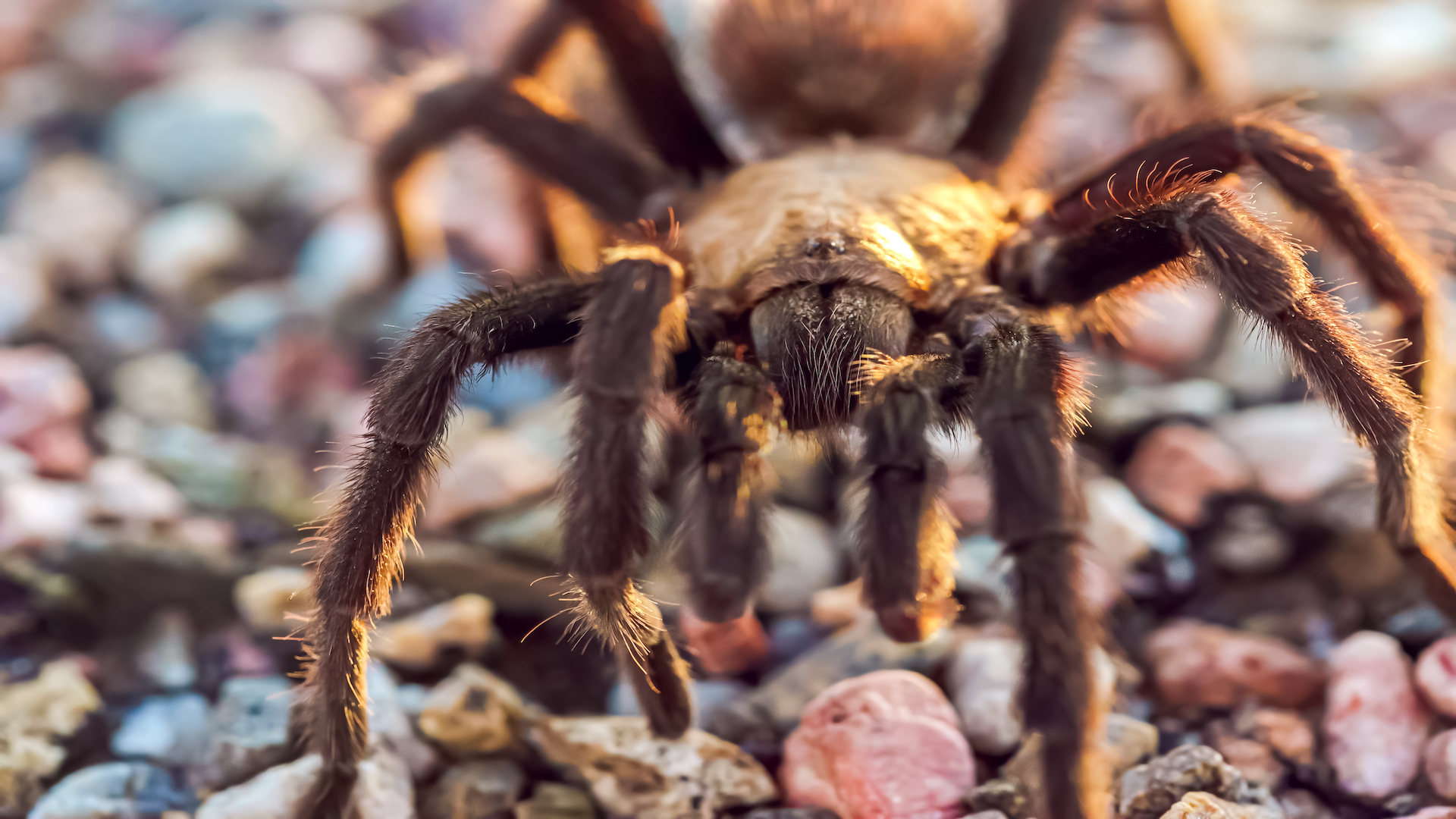
Each September and October, when the temperatures drop but before a winter frost sets in, untold numbers of male Oklahoma Brown tarantulas begin their quest for love in southeastern Colorado. Setting out around dusk, tarantulas on the prowl can trek up to a mile across the Comanche National Grassland in search of a mate. It’s not exactly a romance novel, but the spectacle does draw hordes of onlookers to the area, hoping to get a glimpse of the bizarre sight of hundreds of hairy spiders on the prowl. So much so, in fact, that the town of La Junta, which christened the phenomenon the Tarantula Trek, launched the first annual Tarantula Festival for spectators in 2022.
8. Returning whales
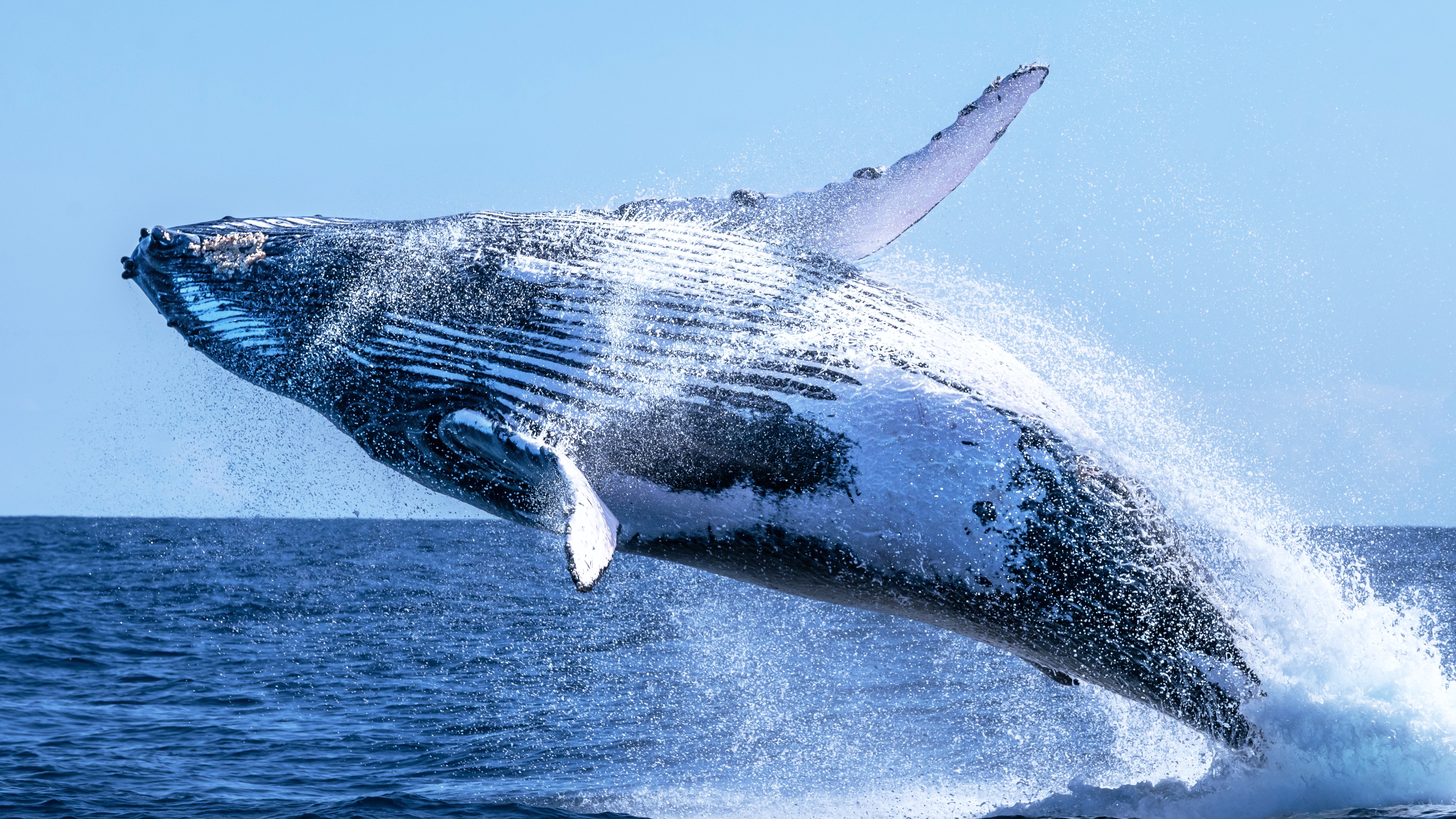
If you’re lucky enough to be spending time in Oahu this season, you won’t grab even a glimpse of a bear, but there are other massive mammals that are active at this time of year. The first Humpback whale usually arrives back from Alaska in October and a whale watching expedition is the perfect way to see them breaching.
9. Magnificent manatees

For another aquatic adventure, pull on your water shoes and head to Florida, where manatee season kicks off in November. Though manatees swim in the Florida waterways year-round, their numbers swell starting in October and lasting through April, and they love the waters around Crystal River on the state’s west coast. Here you can even swim with these gentle giants, which prefer calmer waters.
Julia Clarke is a staff writer for Advnture.com and the author of the book Restorative Yoga for Beginners. She loves to explore mountains on foot, bike, skis and belay and then recover on the the yoga mat. Julia graduated with a degree in journalism in 2004 and spent eight years working as a radio presenter in Kansas City, Vermont, Boston and New York City before discovering the joys of the Rocky Mountains. She then detoured west to Colorado and enjoyed 11 years teaching yoga in Vail before returning to her hometown of Glasgow, Scotland in 2020 to focus on family and writing.

